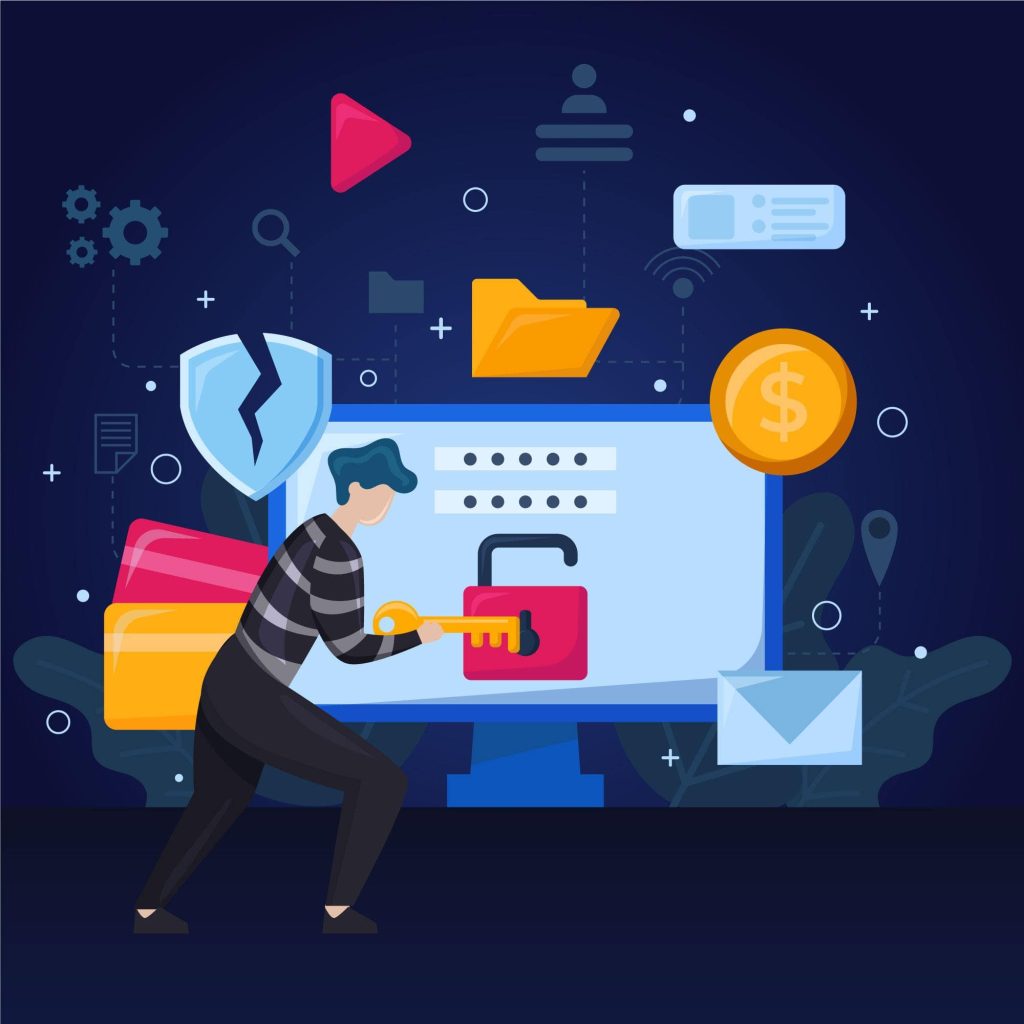Of all cyber insurance claims, 19% were ransomware-related in the first half of 2023, according to the “Coalition 2023 Cyber Claims Report.”
Ransomware cybercrime has been exceptionally growing over the years. 2024 is also experiencing this threat, and business owners are constantly thinking about how to protect their data.
Attackers have decoded a particular method by which they yield more benefit. They focus on those approaches to get maximum profit.
Business owners must know about what’s going on in 2024 related to ransomware attacks. This ensures that proper prior planning is done, to protect the data either after or before the attack.
Let’s explore the trends of ransomware cybercrime in 2024
1. Supply chain attacks
In supply chain attacks, also known as “value-chain attacks” or “third-party attacks,” third-party resources are used to infiltrate a target’s system or network.
To execute a supply chain attack, attackers first gain access to the targeted system. This can be achieved through various methods, including using stolen credentials, targeting vendors with temporary access to an organization’s system, or exploiting an unknown software vulnerability. Once access is obtained, the attack can be carried out in multiple ways.
Unlike attacks that target a single victim, supply chain attacks can affect a wide range of entities. A notable example is the exploit in the Moveit Transfer Software product from Progress Software, which led to large-scale ransomware attacks by the Clop ransomware gang.
2. Phishing attack
A phishing attack is a type of cyberattack that uses fraudulent emails to attack a system. These deceptive emails, often sent through text messages, phone calls, or websites, are designed to trick individuals into sharing sensitive information, downloading malware, or exposing themselves to other forms of cybercrime.
The use of Artificial Intelligence (AI) has significantly enhanced the effectiveness of phishing attacks. AI can craft highly persuasive and personalized emails, increasing the likelihood that recipients will open the messages and fall victim to the phishing attempt.
3. RaaS (Ransomware as a service)
Initially, executing a ransomware attack required the attacker to write custom code and perform a unique set of activities. However, the process has evolved, making it significantly easier to obtain ready-to-use ransomware code.
Ransomware as a Service (RaaS) is a pay-for-use malware model. It enables attackers to utilize a platform that provides the necessary ransomware code along with the operational infrastructure required to launch and sustain a ransomware attack. This model lowers the barrier to entry for cybercriminals, allowing individuals with minimal technical knowledge to execute ransomware attacks.
4. Triple extortion
A ransomware attack is a type of cyberattack where the attacker encrypts the victim’s data and demands a ransom to provide the decryption key. In a more advanced form known as double extortion, the attacker not only encrypts the data but also exfiltrates it to a separate location. This adds a layer of threat, as the attacker can demand payment not only for the decryption key but also to prevent the public release of the stolen data.
Triple extortion ransomware further increases the threat. In these attacks, the attacker encrypts the victim’s data and, exfiltrates it, as in double extortion. However, they also threaten to leak the data if the ransom is not paid. This additional pressure tactic increases the urgency to get a ransom. As the exposure of sensitive information, can have severe consequences for the victim’s reputation they agree to pay ransom in most of the cases.
5. Using AI
Cybercriminals use AI(Artificial Intelligence) to increase the effectiveness of ransomware attacks. AI can identify vulnerabilities and automate attack processes, making it necessary, for organizations to implement advanced, adaptive security solutions to counter these threats.
The danger and damage of ransomware attack is increasing over the years. The attack is becoming more strong and easy. Protect your sensitive data with DataGalaxy. Visit our website to know more.
Conclusion
Ransomware attacks are highly spreading in 2024. With trends such as supply chain infiltration, Ransomware as a Service (RaaS), and the use of AI to enhance phishing attacks, businesses must stay up-to-date to secure their data. Businesses should implement cybersecurity measures to protect their data from the evolving threat of ransomware.
DataGalaxy can help in doing this. Contact us today and learn how we can help to protect your data.

